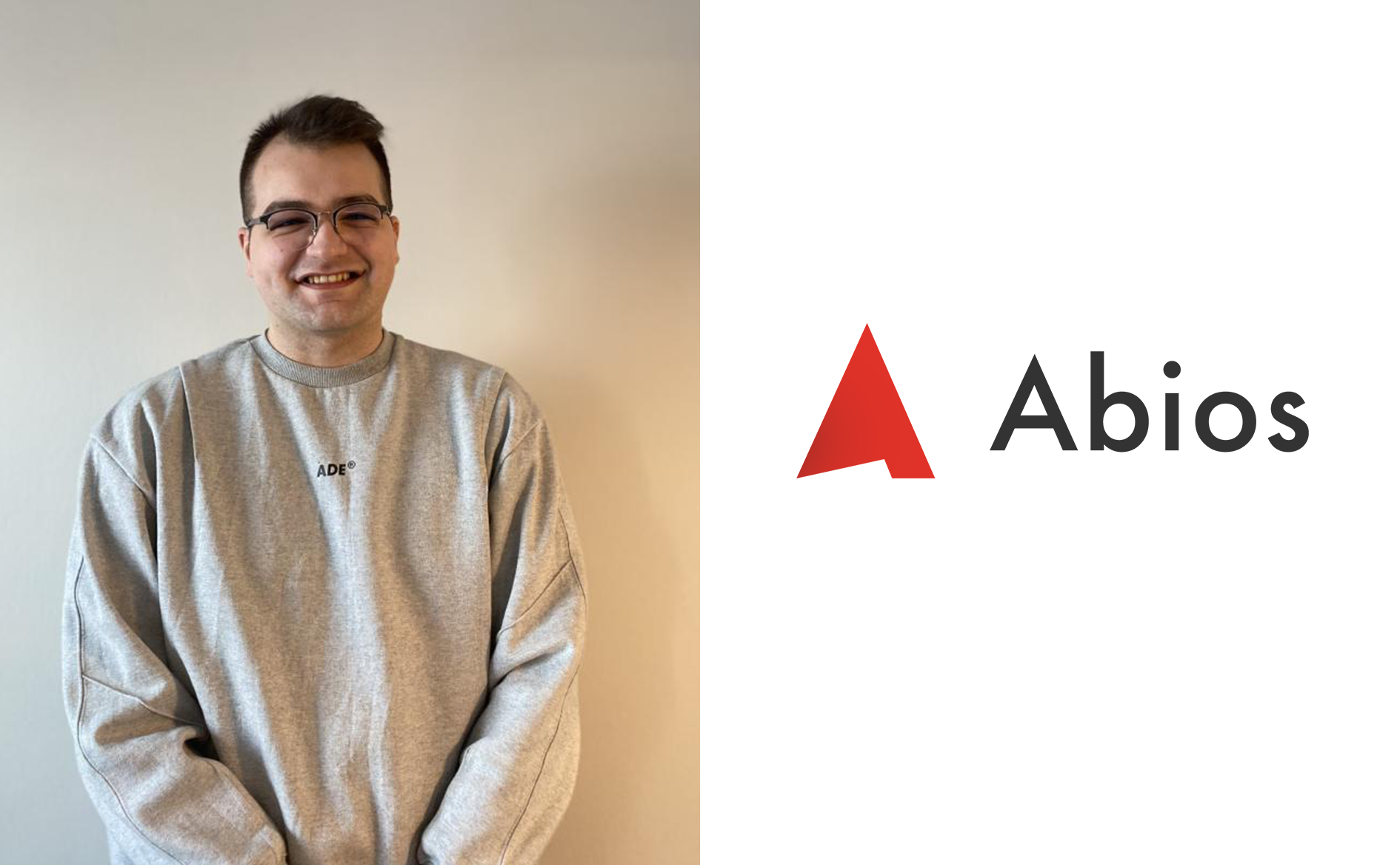Abios’ Head of Data Quality, Francesco Badini, writes for Esports Insider to discuss the Nordic grassroots esports scene and how data, as well as sportsbooks, can help its growth.

RELATED: Combatting match-fixing and cheating in esports is crucial
Although the Nordic esports scene sees high growth figures year over year, the bulk of esports revenue goes to large tournaments. Meanwhile, smaller entities are left fighting for the scraps.
Having worked with several grassroots tournaments over the years, Abios believes there are ways to make these companies more attractive to both sponsors and sportsbooks. For that to happen, data quality must improve.
A brief history of Nordic esports
At the start of modern esports in the late 90s and early 00s, Nordic countries dominated the scene. Many prominent players such as Oskar ‘LakermaN’ Ljungström and Patrik ‘f0rest’ Lindberg competed in some of the biggest games of the time, Quake Champions and Counter-Strike 1.6.
The success of Nordic countries in esports stems from early government investments in digital infrastructure, allowing everyday Nordic households to get their hands on computers. This enabled early gamers to develop quickly across different titles, giving birth to an esports scene.
This early success fueled teams, such as Ninjas in Pyjamas, and helped develop talents like Martin ‘Rekkles’ Larsson (League of Legends) and Olof ‘olofmeister’ Kajbjer (CS:GO).
This brings us to the esports landscape we see in the Nordics today. Although there’s still a strong esports presence in several countries, most notably in Danish CS:GO, other regions have caught up with the early success of the Nordics.

RELATED: Abios extends coverage to Halo Infinite
Nowadays, most of the major tournaments feature matchups between esports organisations and players from all over the world. Lots of gamers in the Nordics follow these global esports tournaments, which usually garner most of the major sponsorship and betting revenue. As a result, this widens between Tier one tournaments and local initiatives.
For smaller regional leagues to reach the limelight, there is a growing need for infrastructure to enable stable and reliable revenue sources. These often come from sportsbooks, gaming peripherals brands and other local sponsors.
Adding structure to support betting as a revenue source
Sportsbooks are valuable for the growth of smaller tournaments, not only for visibility and marketing purposes but also as data-sharing can act as a revenue source on its own.
As a data provider and distributor, Abios has worked closely with smaller Nordic tournament organisers to increase the visibility of tournaments and help them monetise the event’s data through sportsbooks and esports platforms all over the world.
These tournaments act as good starting points for players to get a chance to compete in a structured environment. However, for these tournaments to be truly compatible and attractive to sportsbooks and other stakeholders in the industry, some key requirements of data collection and distribution need to be met.
Server requirements
For tournaments to be of true interest to sportsbooks, there must be readily available data stemming from the matches and tournament servers. For this process to run smoothly, the data needs to be sent in the right way.
For instance, whenever there are two or more matches played simultaneously, the data from the matches shouldn’t be sent from the same ID address and port. The simple and seemingly obvious solution is to use two separate ports, but even basic infrastructure such as this is yet to be established among the lower-tier tournaments.
RELATED: Breaking down 2022 esports betting trends with Abios
Proper structure and planning phase
Everything must be prepared for data-sharing before the start of a tournament to ensure that the receiver of the data and the tournament organiser are aligned with every step of the data sharing process.
That means that at least two weeks ahead of a tournament, all data infrastructure, communication channels, video stream specifications and initial testing should be set up and conducted. This doesn’t only allow the data distributor to ensure quality to customers but minimises the risk of error further down the line.
Ensure compliance
Sportsbooks are heavily affected by the regulations in different regions. To state an example, there are several countries and territories in which it is illegal to offer markets on matches where all or some of the players are underaged.
Given the number of tournaments, sports and matches sportsbooks cover, it’s too time-consuming to go through every single player in all matches to ensure that they are of age. Rather, sportsbooks often withdraw from covering tournaments when they’re unsure about player ages.
Therefore, tournament organisers need to ensure that rosters, player ages and explicit approvals to share player ages are disclosed before the tournaments and readily provided to the data distributor.
There are certain obstacles to be overcome before regional esports, such as Nordic grassroots tournaments, can utilise prominent and common revenue sources designed for higher tier tournaments.
However, by creating a proper server and backend tournament infrastructure, the work for data and odds distributors becomes simpler and thereby also more appealing to sportsbooks and other stakeholders in the industry.
From our sponsor Abios